

Classical Indian Dan...
Classical Indian Dance in Literature and the Arts
by: Kapila VatsyayanThe book vividly presents, analyses and critiques the varied facets of Indian aesthetics, especially the theory and technique of classical Indian dance, while doing a penetrating study of interrelationship that dancing has with literature, sculpture and music. In doing so, the book surveys and analyses the contribution of all great Sanskrit authors, theoreticians, playwrights of ancient and classical India along with the works many Bhāṣā scholars of arts, aesthetics and literature.
₹3,600.00 Original price was: ₹3,600.00.₹3,240.00Current price is: ₹3,240.00.
ISBN: 9788124611449
Year Of Publication: 2022
Edition: 3rd
Pages : xlii, 534
Bibliographic Details : Bibliography, Index
Language : English
Binding : Hardcover
Publisher: D.K. Printworld Pvt. Ltd.
Foreword By : Rai Krishnadasa
Size: 25
Weight: 1430
This volume is the result of many years of painstaking research in a field, which had been neglected by art historians, and thus presenting an idealistic view of the whole tradition of Indian art and aesthetics. This definitive work on the inherent interrelationship of the Indian arts is a path-breaking endeavour, treading into a domain which no one had explored. For that to happen, the author has delved deep into enormous mass of literature on the subject and has also surveyed the portrayal of dance figures in ancient temples. With Dr Kapila Vatsyayan’s profound knowledge of various dance forms as a performing artist of her own standing and having studied the sculptures and artefacts minutely, the book emerges so scholarly emanating the wisdom and know-how of a persona, endowed with the unique combination of a researcher, an art historian and an aesthetician par excellence.
The book vividly presents, analyses and critiques the varied facets of Indian aesthetics, especially the theory and technique of classical Indian dance, while doing a penetrating study of interrelationship that dancing has with literature, sculpture and music. In doing so, it surveys and analyses the contribution of great Sanskrit authors, theoreticians, playwrights of ancient and classical India such as Bharata, Bhāsa, Kālidāsa, Śūdraka, Bhavabhūti, Abhinavagupta, Jayadeva and many more along with numerous Bhāṣā scholars of arts, aesthetics and literature, covering each and every nook and corner of the Indian subcontinent.
This highly scholarly work should invoke keen enthusiasm among Sanskritists, art historians, dancers and students of varied art forms alike, and should pave the way for ongoing researches on all the topics covered within its scope.
Prologue
Foreword
Preface to the Second Edition
Preface to the First Edition
Acknowledgements
List of Plates
Abbreviations
Introduction
1. Indian Aesthetics
2. Theory and Technique of Classical Indian Dance
3. Literature and Dancing
4. Sculpture and Dancing
5. Music and Dancing
Plates
Select Bibliography
Index
“Classical Indian Dance in Literature and the Arts” Cancel reply
- Sale!Absence of the Buddha Image in Early Buddhist Art by: Kanoko Tanaka
₹1,500.00Original price was: ₹1,500.00.₹1,350.00Current price is: ₹1,350.00.It is next to impossible today to even think of Buddhism without the presence of the Buddha image! The image of the Buddha, in truth, has not only come to symbolise the essence of Buddhism but is also a brilliant expression of the cultural/artistic achievements of the Buddhists since ancient times. Surprisingly, the Buddha image developed at a later stage of the evolutionary process; after the parinirvana of the Buddha, the Buddhists for a considerable time beheld the Buddha and experienced him in their own minds without taking recourse to the Buddha image itself. In Absence of the Buddha Image in Early Buddhist Art, Dr. Tanaka, a well-versed scholar, has for the first time ever explored the absence of the Buddha image in Buddhist art particularly in the period from third century bc to late first century ad in order to rediscover the significance of this phenomenon. Dr. Tanaka observes Bharhut and Sanchi sculptures to point out the most essential motifs and elements of stupa-art design the visible facts pertaining to the absence of the Buddha image. The author studies the religious, philosophical, artistic and political significance of the visible facts, highlighting the concept of the empty throne as the motif representative of that absence. She applies the empty throne concept to the sanctuaries of monotheistic religions, and thus undertakes a comparative study of Buddhism and other religions, particularly, Zoroastrianism, Judaism, Christianity, Islam and Sikhism to suggest that present-day discussions on the linkage between religions can centre on this theme. The dexterous handling of the topic combined with the authors use of first-hand research material makes this an erudite study. The directness in the authors approach and the unwavering eye on the theme sustains the interest throughout. An abundance of visual material, i.e., drawings and photographs, and tables immensely aid in analysis of the visible facts. This intense work on a rich theme offers well-researched and interesting material that will be useful to scholars of religious studies, fine arts and even philosophy.
- Sale!Art & Archaeology of India by: B.S. Hari Shankar
₹700.00Original price was: ₹700.00.₹630.00Current price is: ₹630.00.The book begins with an introduction on the prehistoric and proto-historic cultures of India. Well-known historians discuss human evolution as gathered from hominid fossil remains, pre-human hominid remains of the Siwaliks and fossil remains of the Narmada basin. The systematic study, mentioning the areas of finds and their geography and other characteristics, examines the nature of cultural relics belonging to each period and dynastic rule; agriculture, trade, settlement and migration patterns related to making, use and spread of art materials; how the finds reflect upon rise of craft and industrial centers at the time; and social and religious aspects of society that are revealed by the art and architecture of the periods. Importantly, it reveals the interchange of cultural thoughts and lifestyles and of art and architectural influences; and the synthesis of artistic style and materials as evident in especially the periods of Muslim rule in India. The book also features fossil finds, art and architectural materials pertaining to painting, pottery, sculpture and iconography, and literary materials like Persian documents housed in the Indraprastha Museum of Art and Archaeology, New Delhi. The materials date from the stone ages, Indus-Saraswati Civilization and Chalcolithic period to what are commonly identified as the ancient medieval and modern periods of Indian history. The volume will be useful to scholars and students of various disciplines history, archeology, art and culture, and sociology.
- Sale!Explorations in Indian Philosophy by: Rajendran Chettiarthodi
₹550.00Original price was: ₹550.00.₹495.00Current price is: ₹495.00.Any discourse on Indian philosophy has to be taken out of the box in which it was confined for ages using obsolete methods for evaluating thinking patterns. In the traditional way of analysing Indian philosophy there was an inimical approach to each other between the philosophers and the philologists, and between the Sanskrit tradition-oriented philosophers and modern English/vernacular-based philosophers. This friction is evident in the hesitation of the traditionalists in giving philosophers like Daya Krishna and K.C. Bhattacharyya their due share.
The twelve essays in this volume address many a question about the characteristics of Indian philosophical traditions and Indian-ness. Indian philosophy is essentially not Sanskrit based alone, there is a significant contribution to it from the South Asian languages and English, and the cultures of the subcontinent. It attempts to provide provocative insights in sharing the author’s penetrative acumen both in his traditional and modern approaches to South Asian intellectual systems. It therefore addresses the prejudice between the East and the West, and traditional and modern, and the concerns of South Asian diaspora in the Western countries.
As far as this anthology is concerned, the icing on the cake is the Foreword by Dr Mrinal Kaul, who critically analyses the major developments taken place in the realm of Indian philosophy in the last few decades, critically appreciating the contents. - Sale!Buddhist Art of Kausambi by: Aruna Tripathi
₹2,500.00Original price was: ₹2,500.00.₹2,250.00Current price is: ₹2,250.00.The Upanishads capture the quintessence of Indian spiritual wisdom unfolding deepest, highly perceptive reflections on human existence and how it is related to the mysterious cosmos. Authored by enlightened seers over the period of 1500-200 bc., the Upanishadic message is a magnificent vision that raises human consciousness to sublime heights. One of the major centres of Buddhist art in ancient times, Kausambi provides evidence of an uninterrupted art tradition spanning centuries. Pointing to the scant attention Kausambi has received from scholars in the past, this work attempts to highlight its art treasures through a study of its stone sculptures. Based on scrutiny of stone sculptures found at various sites in Kausambi and its vicinity and housed in different museums, it presents perhaps the first extensive documentation of the Buddhist art of the region from the Mauryan to post-Gupta period. It examines in detail over 300 stone sculptures, paying special attention to their iconographic features, types of stone, techniques of carving, grinding and polishing and their aesthetic appeal. All this comes with a background throwing light on the history of Kausambi and its association with Buddhism, the early archaeological explorations in the region, and the individuality and uniqueness of Kausambi art as compared to Mathura and Sarnath schools. The book presents over 225 black-and-white and over 50 coloured photographs of Buddhist sculptures which are neatly classified and systematically analysed. It would prove invaluable to scholars and students of Buddhist art.
- Sale!Buddhist Art in India and Sri Lanka by: Virender Kumar Dabral
₹1,000.00Original price was: ₹1,000.00.₹900.00Current price is: ₹900.00.The book is a comprehensive study of the evolution and development of Buddhist visual art in India and Sri Lanka, taking into consideration their diverse forms and the impact of regional trends on them. Consulting a number of original sources including scholarly works in the Sinhala language, Dr. Dabral highlights the salient features of ancient Buddhist art in the two countries with special attention to architecture, sculpture, painting, use of symbols like the lotus and Sri Lanka devil masks. Dr. Dabral emphasises how Sri Lankan Buddhist art though originally derived from Indian art, developed its own art forms on the basis of local conditions. The critical study evaluates Buddhist art under various rulers/empires such as the Mauryan empire, the Kushanas, the Nagas and the Guptas. With numerous plates and an extensive bibliography, it gives insights into important aspects like the architectural excellence of stupas and viharas, the Sigiriya frescoes, Ajanta and Bagh paintings, Mathura, Gandhara and Sarnath schools of art, and the Jatakas as reflected in carvings at Sanci, Amaravati and other places.


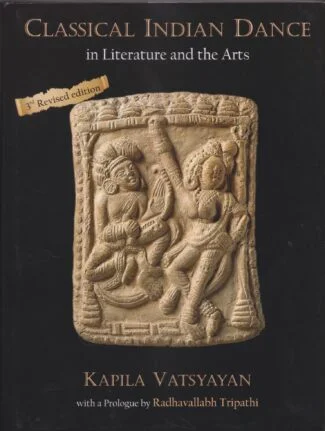
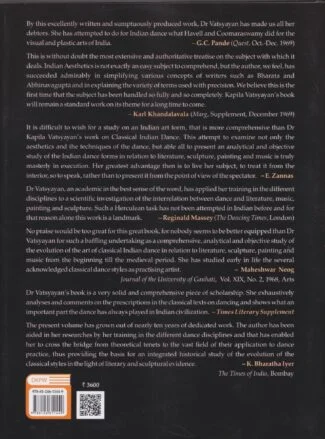






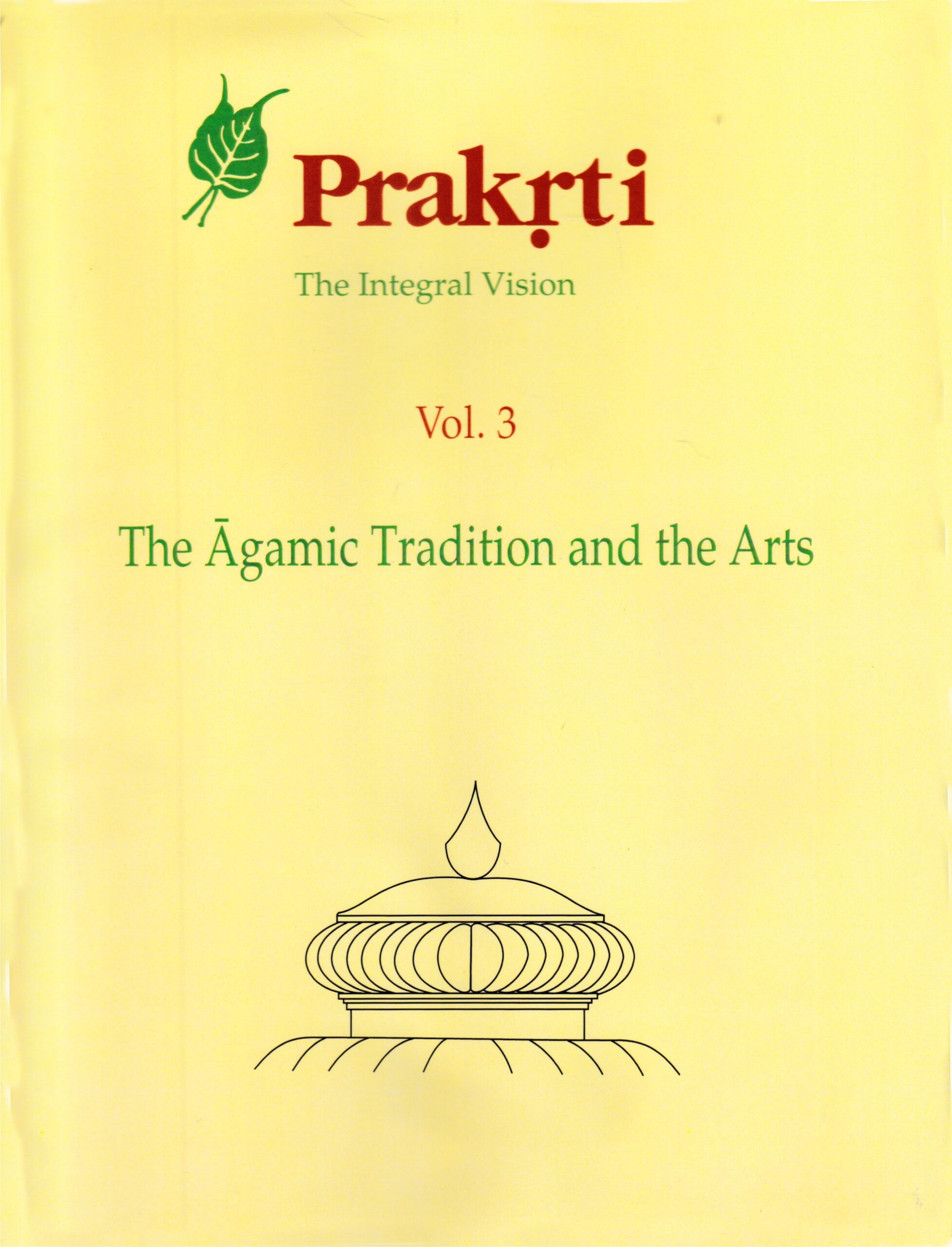





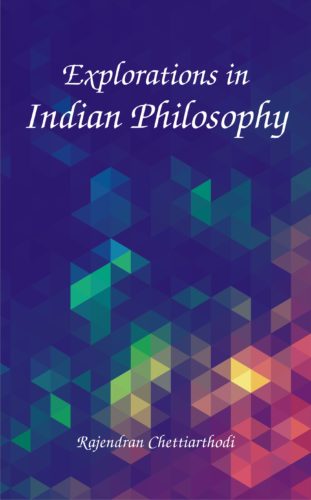
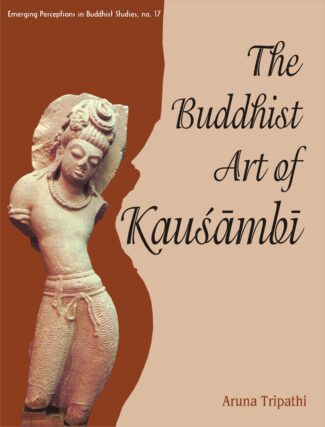
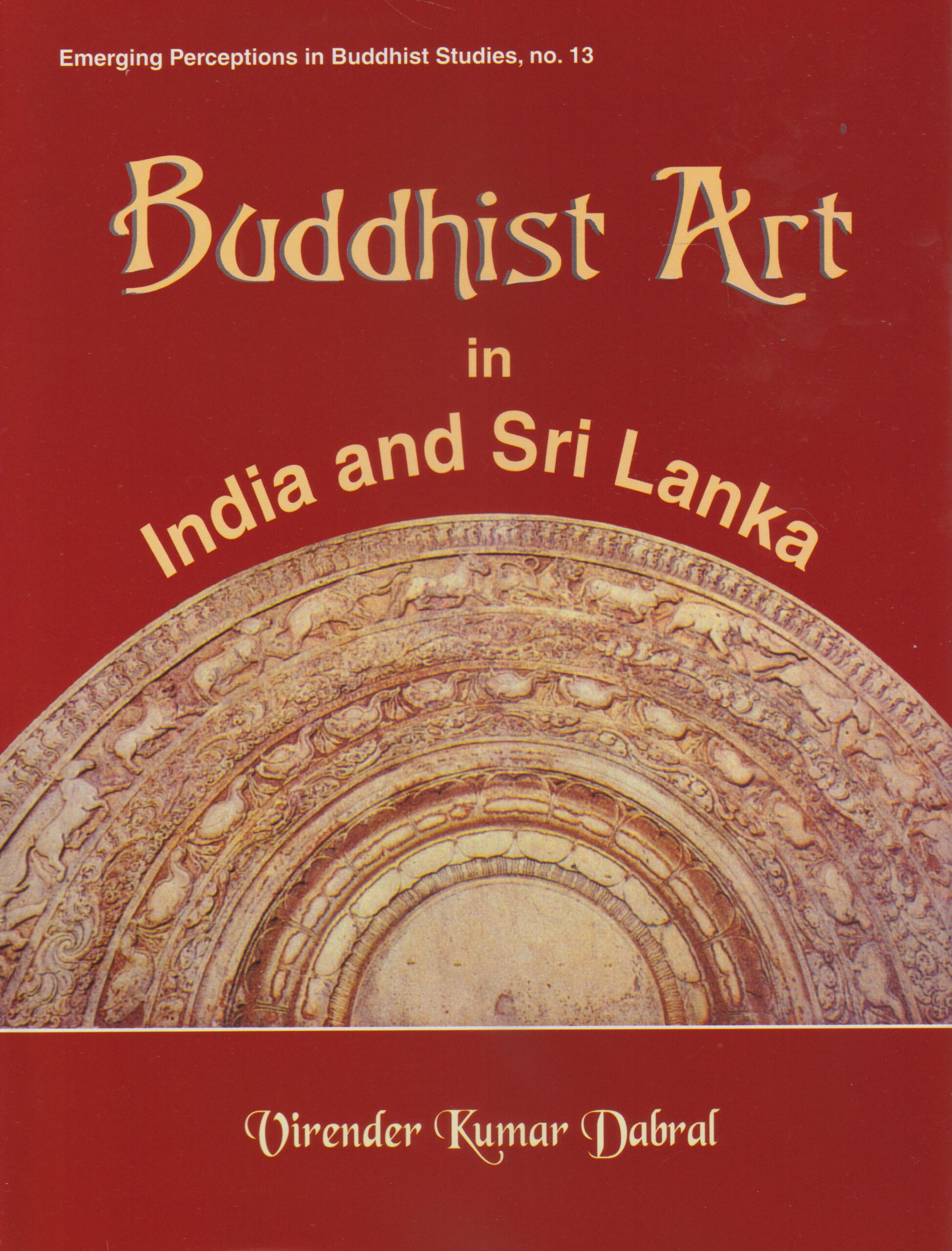
There are no reviews yet.